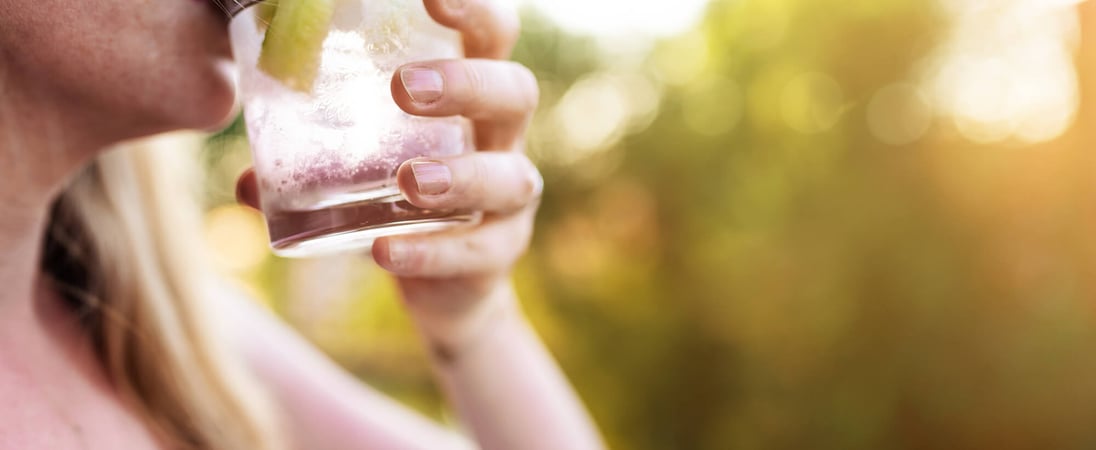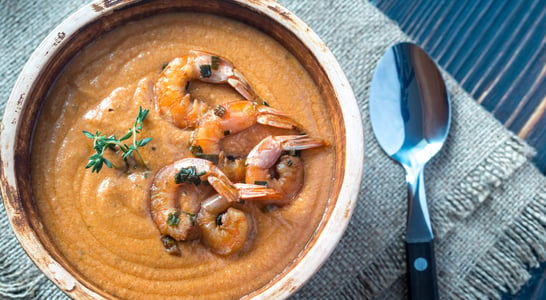
International Gin and Tonic Day
Mac and cheese, PB and J, Pickles and Rye…Gin and Tonic is a classic combination beloved by all. Mix them together, add some lime, and feel the refreshment.
The idea of elegance and aristocratic indulgence of an ocean cruise was born out of the image of the rich men and women who ruled the British Empire slowly sailing to India and the Far East while sipping gin and tonic on deck – served by men in white jackets.
Adam Curtis
Gin and tonics have been substantially a British drink for the longest time. As a staple among the list of amazing cocktails out there, gin and tonics have a high bitterness to it, but it dies down with lime and sugar to make it palatable for most people.
Whether you order it at a bar or make it at home, gin and tonics deserve their day to be celebrated.
How to Celebrate International Gin and Tonic Day
If you’re looking for a great way to celebrate this cocktail, then why not follow this James Bond gin and tonic recipe, the one he ordered on the balcony overlooking Kingston Harbour.
Take either Beefeater or Gordon’s gin, add any tonic that you prefer, and then add plenty of Angostura bitters and the juice of whole fresh lime if available.
The limes add a unique tartness to the drink that distinguishes itself from any other normal gin and tonic. If you love the drink, share this holiday on your favorite social media websites using the hashtag #internationalginandtonicday.
Those wanting to explore the world of gin flavors should attend a gin tasting tour. You can either go to a distillery (of which there are many) or order a tasting kit via the internet, complete with multiple tiny bottles for you to enjoy.
You can also learn about the art of distilling itself, from the comfort of your living room. Gin schools now offer courses over the web that teach you principles of making gin from juniper berries, taking you through the process. You also get essential information on the equipment you need and various rules for producing and selling.
Every International Gin and Tonic Day brings specially organized events to celebrate the cocktail in all its majesty. Bars, clubs, and major venues dedicated to providing delicious liquors regularly host gin parties. These events allow you to combine your love of gin with fantastic music and tasty snacks.
If you’re more of an intellectual gin lover, you might want to learn more about becoming a gin critic. Here, you refine your taste buds to the point where you can tell the difference between different brands and vintages. Once you complete your apprenticeship, you can show off your knowledge to everyone you know.
So, bottoms up! It’s time to get out there and celebrate International Gin and Tonic Day!
History of International Gin and Tonic Day
The cocktail idea began during the reign of the British East India Company in India during the 1700’s. Malaria had been roaming around in India and became a problem.
To treat malaria, George Cleghorn, a Scottish doctor, discovered that quinine, a flavor component of tonic water, could be used to treat malaria. However, not many liked the taste.
So, British officers in India in the early 1800’s began adding water, sugar, lime, and gin to the tonic water, and thus a gin and tonic was born.
While tonic water isn’t used as an antimalarial treatment, tonic water contains less quinine and is sweeter. As for the gin component of the cocktail, gin is made explicitly with juniper berries and was sold in 17th century Holland as a cure for medical issues like gout, gallstones and stomach problems.
From there, gin and tonic became a popularized British drink, one that would even transcend into popular culture.
One of the most famous references for this drink was in the movie Dr. No from the James Bond series. Bond talks about one of these drinks in Jamaica, a recipe where you would squeeze a whole lime into the drink itself, making the drink tart and refreshing.
While there are other references in popular culture, gin and tonics are considered to be a classic cocktail. Thus, the day was formed back in 2011 to celebrate the history of this new drink.
Organizers of the event bill it as a day when gin-lovers can enjoy their favorite drinks in the time-honored tradition. It is an opportunity for them to step back in time, and enjoy the once-medicinal flavors of the beverage, and enjoy contemporary twists.
One of the hallmarks of the event is the sheer variety of gin and tonic recipes out there. Mixologists have plied their trade, creating beverages for practically every palate, from the person who loves bitterness to those who prefer their G&Ts spicy (yes, literally!).
International Gin and Tonic Day is an opportunity for regular drinkers to find out more about their favorite drinks. For instance, sloe gin – one of the all-time classics – is made by soaking the fruits of the blackthorn tree in sugar water for several months.
Harvesters pick the sloes off the trees following the first frost of winter, usually in October or November, and then submerge them in spirits. They then leave them to steep, imparting their flavor to the rest of the gin over the following months.
We also see a proliferation of flavored gins in trendy bars. Punters can now get their hands on rhubarb, orange, and raspberry varieties, adding a little extra kick to the experience.
For those with more refined palates, several companies are now experimenting with adding herbal flavors to the drink, such as lovage. This savory gin is nothing like the regular flavors and provides drinkers with something fundamentally new to tickle their taste buds.
For those looking for something a little crazier, we also see brands introducing nostalgic lines of gin, based on childhood snacks. Gin fanatics can buy Jammy Dodger, Hubba Bubba, and Fruit Salad flavors from specialist vendors.
International Gin and Tonic Day FAQs
How did the gin and tonic evolve from a medicinal remedy to a popular cocktail?
In the 19th century, British officers in India mixed gin with quinine-rich tonic water to prevent malaria.
This combination made the bitter medicine more palatable. Over time, this practical solution transformed into the beloved gin and tonic cocktail we enjoy today.
What unique botanicals are used in modern Indian gins?
Contemporary Indian distilleries incorporate native botanicals like Himalayan juniper berries, Darjeeling tea leaves, and spices such as cardamom and black pepper.
These ingredients give Indian gins distinct and complex flavor profiles, setting them apart in the global market.
How did tonic water transition from a medicinal drink to a cocktail mixer?
Tonic water originally contained high levels of quinine to combat malaria, making it quite bitter.
To improve its taste, British colonists added gin, leading to the creation of the gin and tonic.
As malaria treatments advanced, tonic water’s quinine content decreased, and it became a popular mixer in its own right.
Are there regional variations in gin and tonic preparations?
Yes, different cultures have put their own spin on the classic gin and tonic.
In Spain, for example, it’s common to serve the drink in a large balloon glass with a variety of garnishes like herbs, spices, and fruits, enhancing both aroma and flavor.
What are some myths associated with the gin and tonic?
A common myth is that gin and tonics can prevent malaria today.
While the drink originated as a way to consume quinine for malaria prevention, the quinine levels in modern tonic water are far too low to have any medicinal effect.
How do different tonic waters influence the taste of a gin and tonic?
Tonic waters vary in sweetness, bitterness, and added flavors. Some are infused with botanicals, citrus, or herbs, which can complement or contrast the gin’s profile.
Choosing the right tonic can significantly alter and enhance the overall taste of the cocktail.
What is the significance of garnishes in a gin and tonic?
Garnishes like lemon, lime, cucumber, or herbs not only add visual appeal but also influence the drink’s aroma and flavor.
For instance, a slice of cucumber can impart a fresh, crisp note, while a sprig of rosemary adds an herbal aroma, enhancing the overall sensory experience.
How has the perception of gin changed over time?
Gin has undergone a transformation from being associated with social issues in 18th-century England to becoming a sophisticated spirit appreciated worldwide.
This change is due in part to improved distillation methods and the craft cocktail movement, which have elevated gin’s status in modern mixology.
What role did the British Royal Navy play in popularizing gin?
The British Royal Navy played a significant role in popularizing gin. Officers often consumed gin as a daily ration, and it became a staple on naval ships.
This tradition helped spread gin’s popularity across the British Empire and beyond.
How do different cultures celebrate International Gin and Tonic Day?
Celebrations vary worldwide. In Spain, bars might offer special gin and tonic menus featuring diverse gins and creative garnishes.
In the UK, gin tastings and distillery tours are popular. Some enthusiasts host home gatherings, experimenting with various gin and tonic combinations to honor the day.
Also on ...
View all holidaysNational New Friends Day
In life's vibrant tapestry, weaving connections opens doors to fresh horizons, and sprinkles joy into everyday moments.




